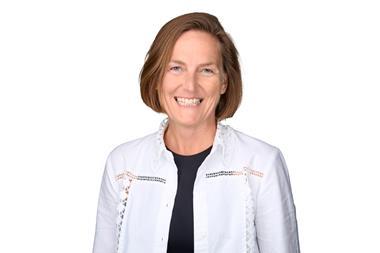Editor: Remit Consulting’s Return Report points to a positive trend of workers returning to the office; and since it was released, the hybrid forms of work it identifies have accelerated, with the level of employees working exclusively from home falling in the last two months from 22% to 14%.
However, with the average occupancy rate standing at 28.1%, it is clear some factors are holding people back.
One often overlooked barrier is the hygiene and cleanliness of our workspaces. A 2021 survey by serviced space provider Office Space in Town revealed a ‘worker wish-list’ for employees to feel safe when returning to the office. This prioritised workspace maintenance and hygiene, with 56% of workers requesting hand sanitiser at desks, 48% wanting sneeze screens and 36% desiring additional cleaning measures.
Have these hygiene gripes persisted and created a barrier to entry for the office today? The general population is undoubtedly more hygiene-conscious post-Covid and there is a clear need to ensure workplaces meet the new modern standard.
Indeed, 10 million bacteria live on the average desk, making it 400 times dirtier than the average toilet seat.
With 80% of communicable disease spread by touch, office hygiene must be taken seriously.
As in-person business returns, office spaces will become a window into a company’s professionalism and standards. To give a good first impression, offices left neglected in recent years will need to enact better cleaning regimes to attract new clients and employees.
With companies and employees desiring a new office hygiene standard, office managers must implement enhanced cleaning measures to help businesses alleviate workers’ hygiene-related reservations, expediting a more widespread return to the office.
Daisy Spain, commercial manager, Office Cleaning Facilities Management






























No comments yet